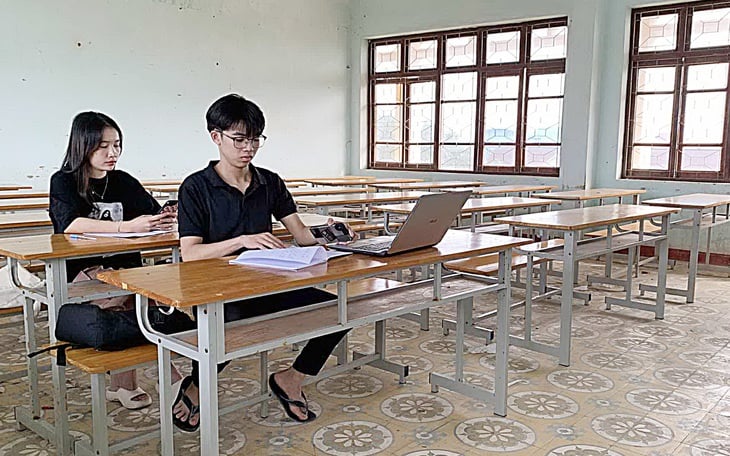
Accordingly, the planning subjects are higher education institutions as prescribed by the Law amending and supplementing a number of articles of the Law on Higher Education (Law No. 34/2018/QH14) and pedagogical colleges, excluding higher education institutions under the Ministry of Public Security and the Ministry of National Defense, with the planning scope covering the entire national territory.
Forming large university education centers and high-quality training
The plan sets a general goal by 2030 to develop a synchronous and modern network of higher education and pedagogical institutions with reasonable scale, structure and distribution; to establish an open, fair, equal, high-quality and effective higher education system; to increasingly better meet the people's learning needs and the requirements for the country's breakthrough and strong development in the new era based on high-quality human resources, science , technology and innovation.
The specific target of the Planning is a scale of over 3 million learners, reaching 260 students and 23 postgraduate students per 10,000 people; the rate of university education among people aged 18-22 reaches 33%, in which no province has a rate lower than 15%.
The structure of training levels is suitable for the requirements of knowledge-based economic development and modern industry; the proportion of master's training scale (and equivalent level) reaches 7.2%, doctoral training reaches 0.8%, pedagogical college training reaches 1%; the proportion of training scale in science, technology, engineering and mathematics (STEM) fields reaches 35%.
Expanding development space and enhancing capacity for higher education institutions, ensuring that 100% of higher education institutions meet standards; upgrading and developing a number of higher education institutions to meet regional and world quality standards, meeting the requirements of implementing the goals of the Education Development Strategy to 2030.
Forming large university education centers, high-quality training, high level associated with scientific research, technology development and innovation in 04 urban areas including Hanoi, Da Nang, Ho Chi Minh City and Can Tho, creating a driving force for the development of key economic regions and the whole country.
Vision by 2050: Develop a synchronous and modern network of higher education institutions according to regional and international standards, capable of meeting the people's need for high-quality university education, providing highly qualified human resources and leading the development of science, technology and innovation in developed, high-income countries.
Public universities account for about 70% of the total national training scale.
Regarding the orientation of network development and distribution until 2030, the Decision clearly states that the national network of higher education and pedagogical institutions will be upgraded and developed with the following structural orientation:
Public higher education institutions account for about 70% of the total national training scale, playing a key role in providing highly qualified human resources for national development and ensuring convenient and equitable access to higher education for the people.
Private and non-profit private higher education institutions account for about 30% of the total national training scale, playing an important role in diversifying higher education services, flexibly meeting the needs of learners and the labor market.
From 50 to 60 higher education institutions train to doctoral level, of which about 50% develop in a research-oriented manner, playing a core role in the network of training and nurturing talents associated with scientific research, technology development and innovation.
Plan for arrangement and development of higher education institutions
According to the plan, existing higher education institutions will be consolidated, reorganized and enhanced; operations will be terminated before 2028 and dissolution will be completed before 2030 for higher education institutions and branches of higher education institutions that do not meet standards or do not complete the establishment of legal status according to the provisions of law.
Arrange and reduce the number of public higher education institutions; only consider establishing new public universities when there is an urgent need and there are sufficient favorable conditions in the following cases: (i) establishing in some areas with low university access, specifically in the Northwest, South Central, Central Highlands and Mekong Delta; (ii) reorganizing some training and fostering schools under ministries, branches and central agencies that have been permitted to train at all levels of higher education; (iii) having an establishment policy approved by competent authorities and still within the prescribed time limit before this Planning takes effect.
Arrange and develop higher education institutions under ministries, branches and central agencies (except the Ministry of Education and Training) in the direction of focusing on the core sectors and fields of the direct management agency; arrange and develop higher education institutions under the People's Committees at the provincial level in the direction of focusing on key sectors and fields of the locality and region, including teacher training sectors.
Encourage the establishment of new and expanded networks of private higher education institutions, branches of private higher education institutions, and branches of prestigious foreign higher education institutions when meeting the prescribed conditions, especially higher education institutions specializing in training in science, engineering and technology.
Developing Hue University and Danang University into national universities
Focus on investing in upgrading and developing national and regional universities to achieve quality and prestige on par with the region and the world, with the capacity to carry out national strategic tasks and regional development tasks, playing a core role in the network of higher education institutions nationwide and in socio-economic regions.
Specifically, develop Hanoi National University and Ho Chi Minh City National University into the group of leading higher education institutions in Asia; develop Hue University and Da Nang University into national universities. National universities develop in a research-oriented manner, focusing on training high-quality talents and postgraduate training associated with scientific research and innovation, implementing national strategic tasks; prioritizing the fields of basic science, engineering, technology and a number of other key fields according to the core strengths of each university.
Upgrade and expand the development space of Thai Nguyen University in the Northern Midlands and Mountains; upgrade and develop more regional universities in the North Central, South Central, Central Highlands and Mekong Delta with the core being Vinh University, Nha Trang University, Tay Nguyen University, Can Tho University and some other universities in each region; prepare conditions to develop Tay Bac University into a regional university in the period after 2030. Regional universities focus on improving quality, emphasizing scientific research and innovation, carrying out regional development tasks; prioritizing the fields of engineering, technology, pedagogy and some other fields according to the development requirements of each region.
Developing a network of higher education institutions training teachers to reach a scale of 180 - 200 thousand students
Regarding the network of higher education institutions training teachers, according to the plan, the network of higher education institutions training teachers will be developed to reach a scale of 180,000 to 200,000 students, of which about 85% will be at university level and 15% at college level, with an expected number of 48 to 50 higher education institutions.
Regarding the network of higher education institutions training in STEM fields , the Decision clearly states: Develop a network of higher education institutions training in STEM fields with a scale of more than 1 million students, of which about 7% are at the master's level (and equivalent level) and 1% are PhDs. Prioritize investment in developing higher education institutions with strengths in research and training in STEM fields and sectors associated with the development orientation of key economic and social sectors of the regions.
Regarding the digital university education network, according to the decision, the digital university education network will be developed on the basis of: (i) digital transformation, application of technology in the organization and operation of each institution and the entire university education system; (ii) linking the network of university education institutions on online training platforms to share and effectively use university education resources and services; (iii) transforming the operating model of a number of universities or training units under universities into digital universities and digital training schools.
Along with that is the development of a team of lecturers with sufficient quantity, standardized qualifications, professional and technical competence, including foreign language competence, digital competence and application of educational technology, to meet the development requirements of the university education system. Increase the average number of full-time lecturers by about 5% each year and the number of lecturers with doctoral degrees by 8% so that by 2030 the entire system will have 110,000 full-time lecturers, of which at least 40% will have doctoral degrees...
Source: https://kinhtedothi.vn/quy-hoach-mang-luoi-co-so-giao-duc-dai-hoc-va-su-pham.html




![[Photo] Urgently help people soon have a place to live and stabilize their lives](/_next/image?url=https%3A%2F%2Fvphoto.vietnam.vn%2Fthumb%2F1200x675%2Fvietnam%2Fresource%2FIMAGE%2F2025%2F12%2F09%2F1765248230297_c-jpg.webp&w=3840&q=75)



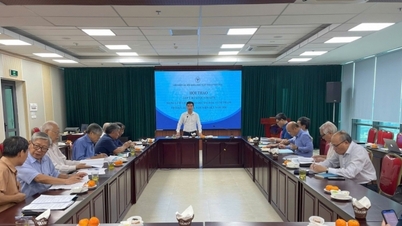



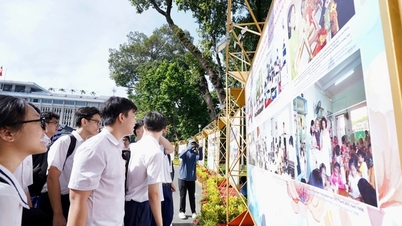















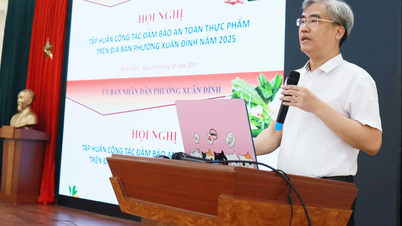
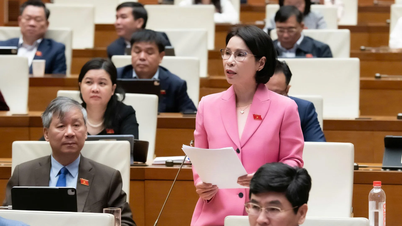






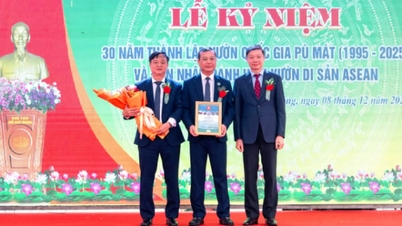


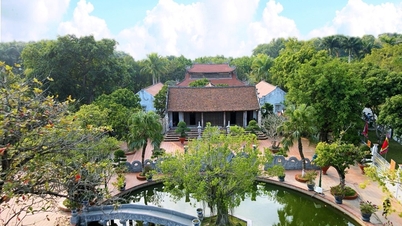



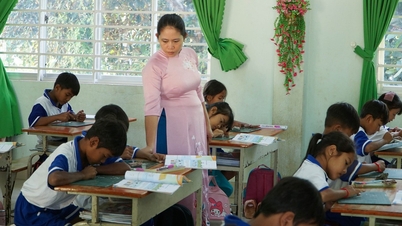

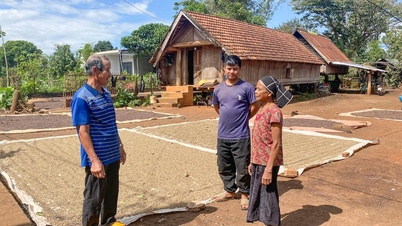







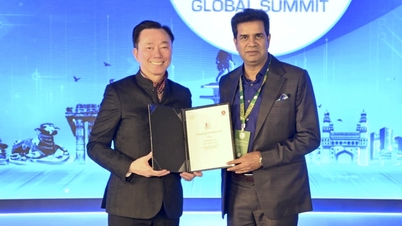



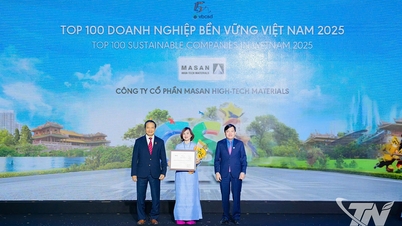


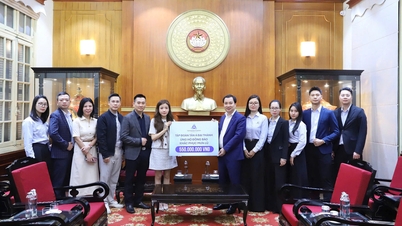







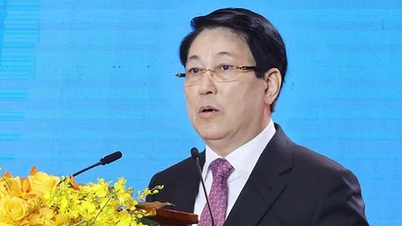


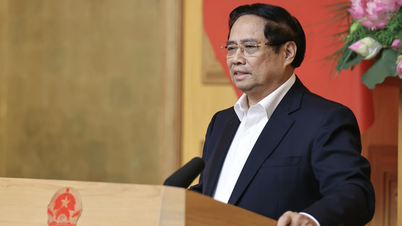


![[Photo] General Secretary To Lam works with the Standing Committees of the 14th Party Congress Subcommittees](https://vphoto.vietnam.vn/thumb/402x226/vietnam/resource/IMAGE/2025/12/09/1765265023554_image.jpeg)







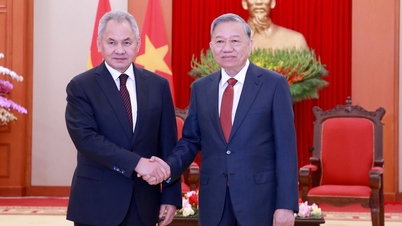







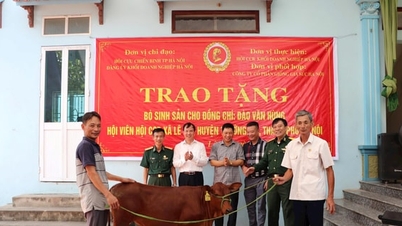


















Comment (0)